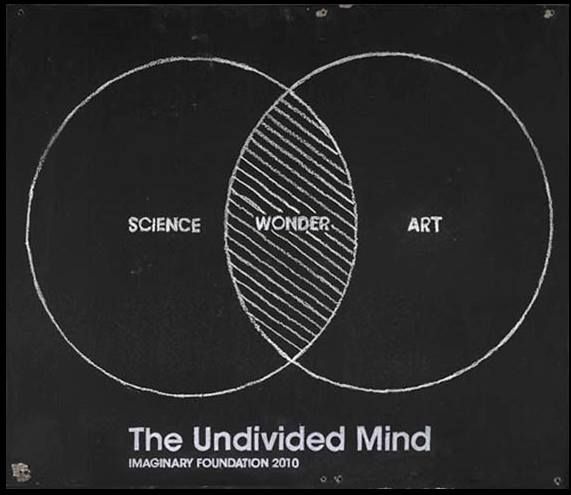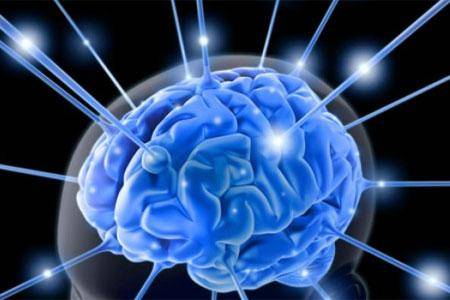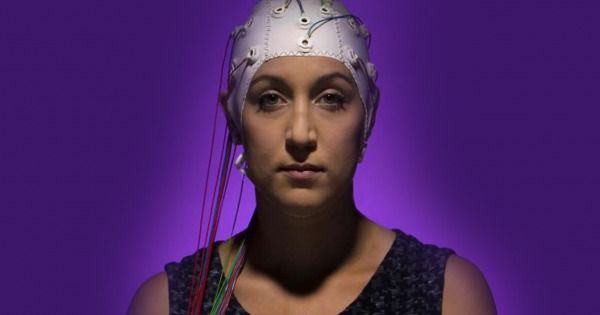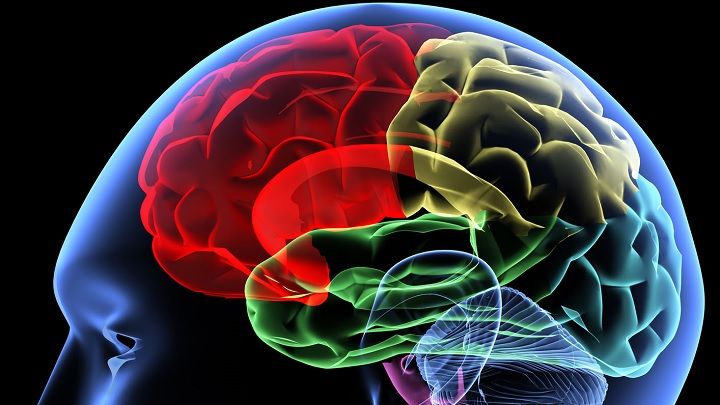“Ideas are just as real as the neurons they inhabit”



NEW YORK: A team of US researchers has come up with a rough map of part of the brain that controls vision and leaves things out even when they are plainly in sight.
The frontal cortex is often seen as our “thinking cap,” associated with thinking and making decisions. But it’s not commonly connected with vision.
At a time when the global technology giants are set to leverage the benefits of AI for your daily lives, India seems to be reluctant to get on to this bus.





Next time you go for a brain scan; you could actually see dissolvable electrodes.
Hmmm
Scientists at the University of Pennsylvania in a study funded by the Defense Advance Research Projects Agency (DARPA) are developing implantable electrodes for brain monitoring that melt away at a predetermined rate. The devices could come in handy for monitoring and treating certain neurophysiological disorders such as Parkinson’s, depression and chronic pain.
The electrodes, which are made from layers of silicon and a chemical element, molybdenum, dissolve at a known rate according to thickness. The devices can provide “continuous streams of data for guiding medical care over predetermined periods of time,” Brian Litt, senior co-author on the study and a professor of neurology, neurosurgery and bioengineering at UPenn, said in a statement.
The dissolvable electrodes also “eliminate the risks, cost, and discomfort associated with surgery to extract current devices used for post-operative monitoring,” Litt said. Scientists recently published their findings online in Nature Materials.

At TechCrunch’s Disrupt NY, Siri creator Dag Kittlaus performed the first public demo of Siri’s new cousin, Viv. Kittlaus described the brains of Viv as, “software that’s writing itself,” which is a pretty bold statement with some implications that call to mind the dreariest of Skynet dystopias. But what exactly makes it any better than Siri?
The fact is we don’t yet know how good this new voice assistant will be, but we can reflect a little bit on what we see during the controlled demo in the video below. For starters, Viv is designed to integrate seamlessly with third party apps, which is a major deficit on Siri’s part. The new AI was able to send money via Venmo, book a room through Hotels.com, and hail a cab from Uber. And it did so quickly and with no apparent hassle. Kittlaus later in the presentation described Viv as a “marketplace” that he saw as an improvement upon app stores.
Where Viv really shines is in its ability to parse complex questions. In one sample query, Kittlaus asked his robot, “will it be warmer than 70-degrees near the Golden gate bridge after 5pm the day after tomorrow?” which Viv was able to answer. We will update this post to reflect how wrong Viv was if it’s over 70 in San Fransisco later this week.

Researchers discovered that people respond to stimuli differently enough that it is possible to create a unique signature, a brainprint, that could one day replace fingerprints in a number of instances.
For the longest time, the world has relied on fingerprints as a way to easily identify individuals. This is because a fingerprint is unique (and permanent) for each person—so what happens when someone’s fingerprint is stolen? This may sound a little farfetched, but it is easy enough to take a fingerprint from another, you just need to swipe a glass that they held.
And of course, you can’t grow a new finger to replace the print. This means that, when it gets compromised, it’s compromised forever. But now, researchers from Binghamton University have found a more efficient way to identify people—using brain waves.

We could see commercials for the “Spotless Mind” someday and in various releases. However, why stop there?
Recently, scientists did find the gene that ties serial and mass murders together as a cause for their evil deeds and CRISPR could someday eliminate these people from existing which is a great thing. However, what happens if folks in power believe everyone in Europe and the US cannot have any religious belief and/ or values in order (in their own belief) to keep everyone equal; so they use this technolgy to eradicate how people believe or view the world. Just imagine; like John Lennon’s “Imagine”.
Jim Carrey’s role as shy and morose Joel Barish in “Eternal Sunshine of the Spotless Mind” is deeply memorable in the context of his predominantly comedic repertoire of movie roles. And context is everything when it comes to recollection of memories. Though the kind of memory erasing technologies showcased in Eternal Sunshine may be too farfetched to ever become reality, scientists have nonetheless managed to make astounding progress in understanding and manipulating memories.
The most recent of these was the result of a joint study done in the US led by researchers at Dartmouth College, which also included scientists at Princeton, Bard College and the University of Illinois at Urbana Champaign. The researchers focused mainly on the contexts of our memories and how alterations made to these contexts can actually change our memories or even make us forget them. Using a specially designed brain mapping technology called “functional magnetic resonance imaging” (fMRI) the scientists constantly tracked thoughts related to memory contexts in the brains of the volunteer participants in the study.
Groups of participants were given two lists of random words to study while images of nature and scenery were shown to them. When they were told to forget the words, their brain scans revealed that participants were actually “flushing out” scenery-related brain activity. In contrast, there was no similar brain activity when they were asked to remember the words instead.